Problem:
I'm trying to create a .step list of values based on another parameter but none of the syntax I've tried seems to work.
Example:
In the voltage divider below, I'd like to step the values of R2 in multiples (1x, 1.5x, 2x) of R1. I can do this manually for a given R1 but I'd like to be able to vary R1 and still have the .step values of R2 calculated by LTspice.
Both of the forms I tried yield the same error message:
Syntax error in .step command (2nd dimension)
Related:
LTSpice - Printing resultant parameters based on expressions looks similar, but using single quotes doesn't work either.
Question:
Is there a way to do this? If so, what's the correct syntax?



